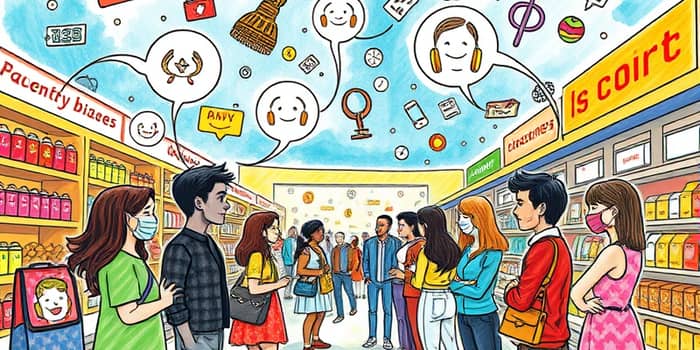
Behavioral economics unveils the hidden forces guiding our financial choices and reveals why we often stray from pure rationality.
At its core, behavioral economics merges insights from psychology and economics to explain deviations from traditional financial theory. Instead of assuming that people always maximize utility by rational calculation, it examines how psychological biases and emotional responses shape purchasing, investing, and saving behavior in real-world markets.
This discipline explores the interplay between mind and market, investigating why consumers stick with familiar brands, why investors panic-sell in downturns, and how framing choices can nudge people toward particular outcomes.
Behavioral economics emerged prominently in the 1980s through pioneering research by Daniel Kahneman and Amos Tversky. Their collaboration on heuristics and biases earned a Nobel Prize and laid the groundwork for a new understanding of decision making under uncertainty.
Building on foundations in cognitive science and marketing, the field grew to include contributions from psychologists, economists, and policy makers. Throughout the 1990s and 2000s, empirical experiments and field studies refined methods, demonstrating that human choices are systematically influenced by context and presentation.
Traditional economic theory posits that actors make decisions by weighing costs and benefits, leading to predictable equilibrium outcomes. Behavioral economics challenges this assumption by incorporating irrational market decisions driven by biases and heuristics.
By acknowledging that preferences evolve with context, behavioral economics offers a richer framework for understanding market anomalies such as bubbles, crashes, and persistent inefficiencies.
Behavioral economists categorize mental shortcuts and errors into various biases, each revealing how subtle influences steer decisions away from strict rationality.
Understanding these biases equips marketers, investors, and policy makers with tools to anticipate behavior and design choice environments that gently guide decisions.
Organizations leverage behavioral insights to influence consumer and investor behaviors through nudge strategies, pricing tactics, and product design.
For example, a bank observed a 387% uptake in premium packages after making them the default choice, illustrating the power of default settings in driving consumer action.
Rigorous field experiments and A/B testing validate behavioral interventions and quantify their impact on real-world outcomes.
Key quantitative results include:
300% increase in travel insurance purchases when a reminder to cancel after a free trial was added.
51% increase in online conversion rates by simply rephrasing product descriptions to emphasize benefits over features.
A classic decoy effect study showed that adding an unattractive pen option led more consumers to choose a higher-priced luxury pen over cash, underscoring how choice architecture shapes preferences.
Despite its successes, behavioral economics faces scrutiny over applicability, ethics, and scope.
Critics argue that excessive reliance on nudges can undermine autonomy, while proponents call for clear guidelines to ensure interventions serve public interest rather than just commercial goals.
Governments and institutions increasingly incorporate behavioral insights into program design, from health campaigns to environmental conservation efforts.
Key trends shaping the future of the field include:
Academic and industry collaboration will be crucial for scaling up experiments, sharing best practices, and establishing regulatory frameworks that balance innovation with consumer protection.
Behavioral economics has revolutionized our understanding of market decisions by revealing the subtle psychological forces behind everyday choices. By blending empirical rigor with human insight, it offers powerful tools to nudge individuals toward better outcomes and to explain phenomena that classical theory cannot.
As the field continues to evolve, its applications promise to transform marketing, finance, and policy, creating frameworks that respect both economic efficiency and human fallibility. Embracing these insights empowers businesses and societies to design environments where rationality and emotion work hand in hand for collective benefit.
References





